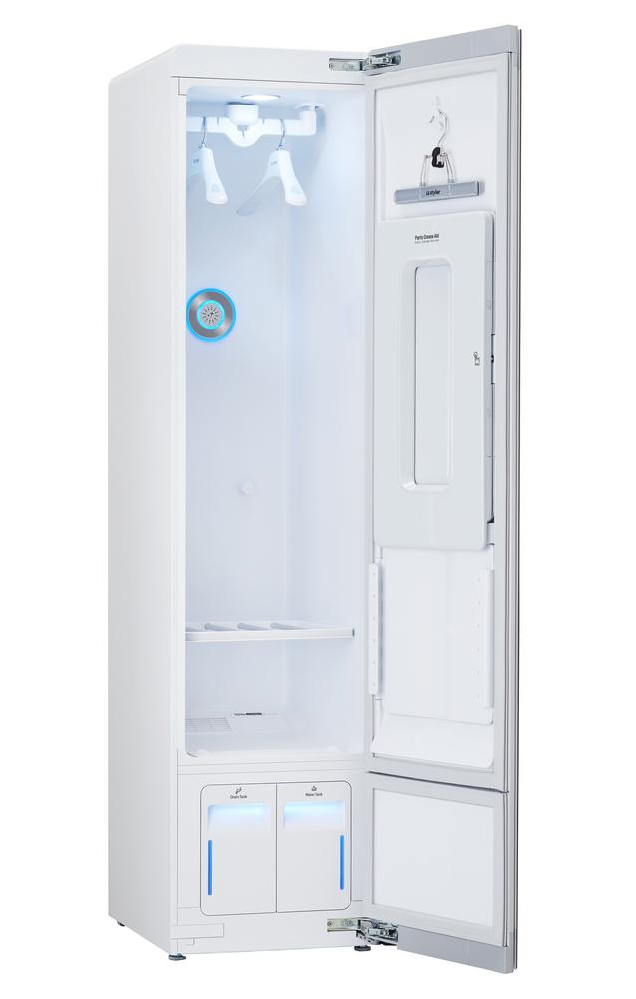For your convenience a summary of the versions of the supported data formats and software for RecurDyn V8R5 through V9R3 are provided in the table below. Please note that all applications and libraries need to be 64-bit.
In another article, we shared a unique application of RecurDyn and Particleworks co-simulation on a clothes styler. In this article we would like to showcase the same type of co-simulation being used to simulate both a top-loading and a front-loading washer. The co-simulation illustrates the dynamic interaction of flexible bodies (representing clothes) and the moving impeller and/or drum in RecurDyn and the fluid particles of Particleworks that represent the water and detergent.
This example demonstrates the power of doing Multiphysics simulations with RecurDyn and partner software. In this case we consider the physics of multibody dynamics, nonlinear flexible bodies, and particle-based fluids. As we provide new combinations of simulation capabilities, the ability to simulate your systems of interest become broader and more accurate.
Some of the critical engineering questions that can be answered with this type of simulation are:
1. How does the motion of the fabric change with different levels of water, quantity of clothes in the drum, or different agitator motion?
2. How does the energy consumption of the washer change with different levels of water or different agitator motion?
Below are two videos showing the co-simulation between RecurDyn and Particleworks with a top-loading washer model and a front-loading washer model.

 In earlier versions of
In earlier versions of